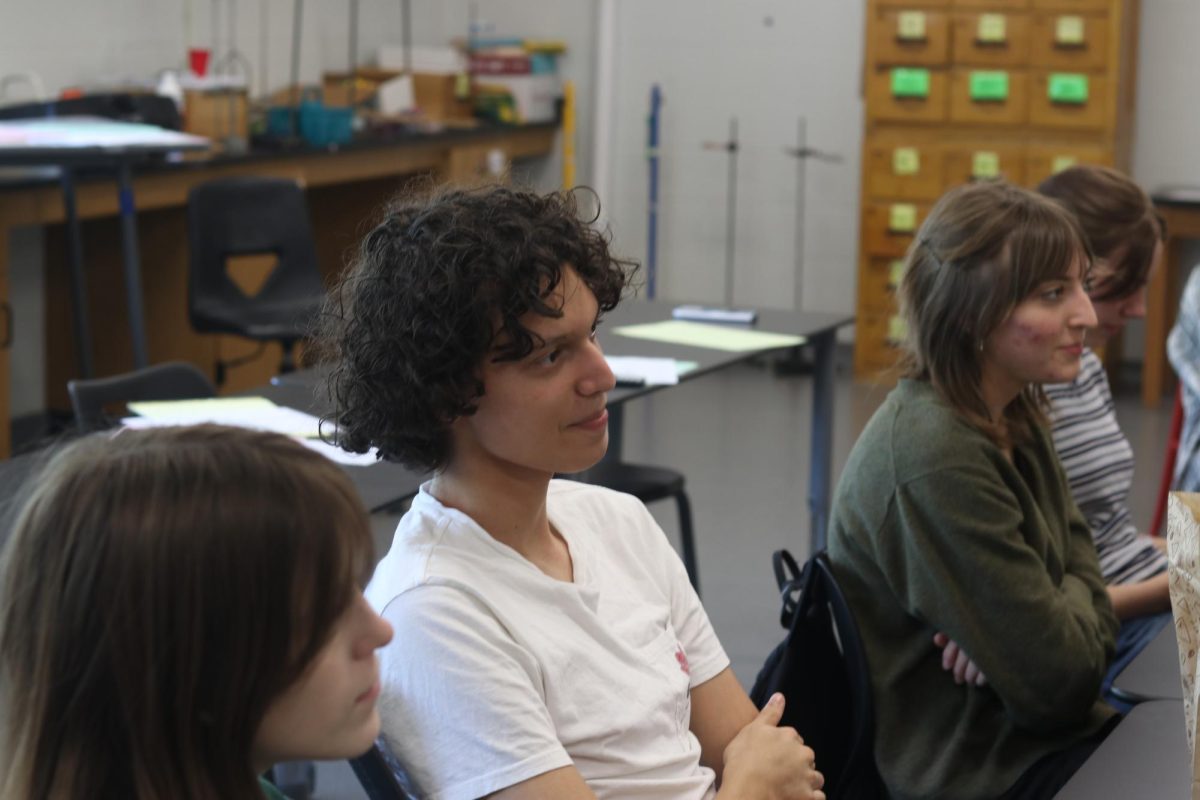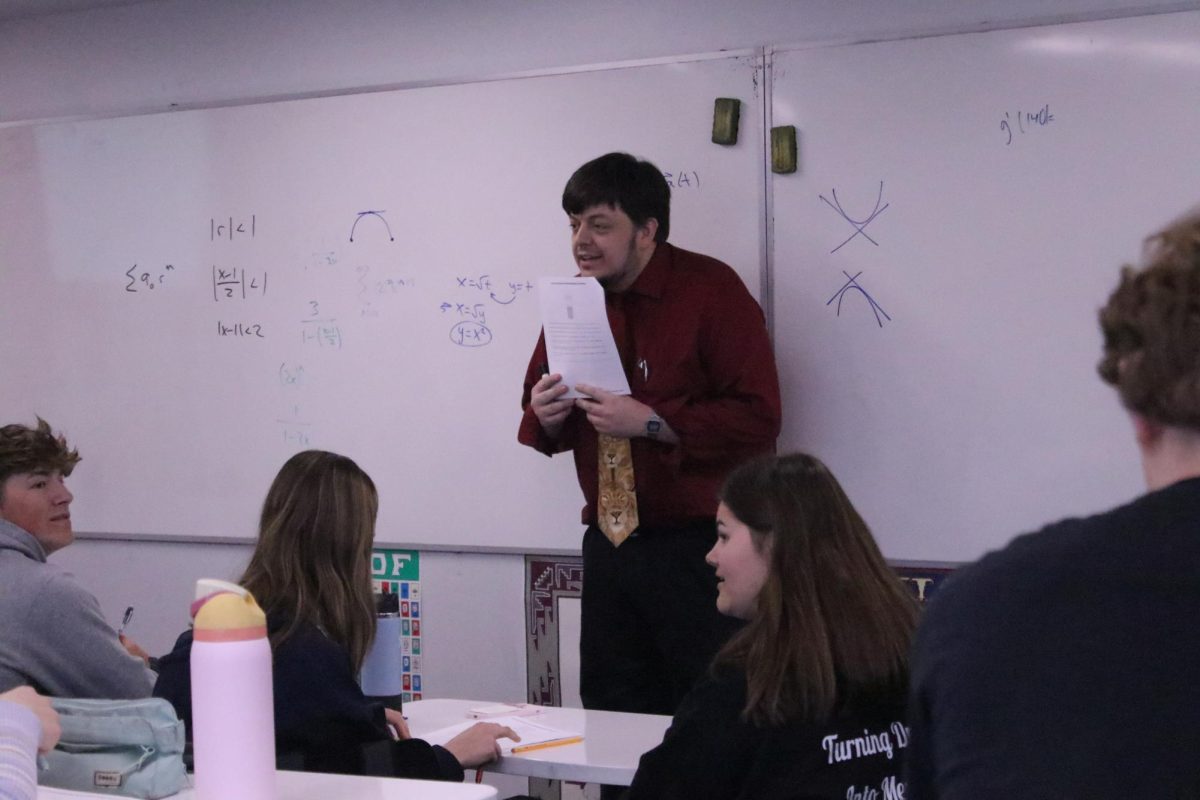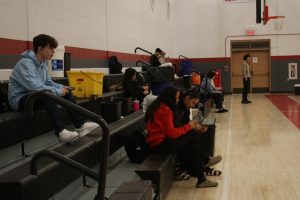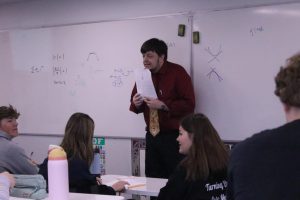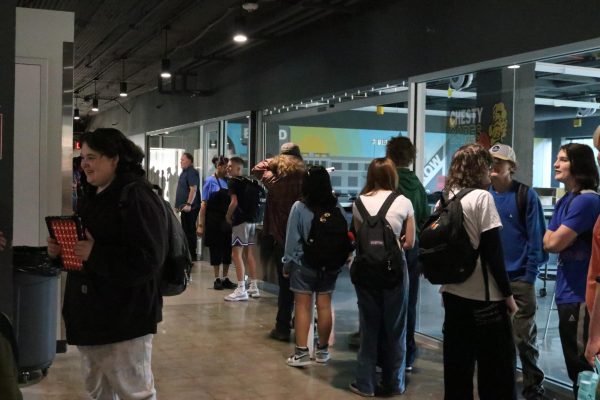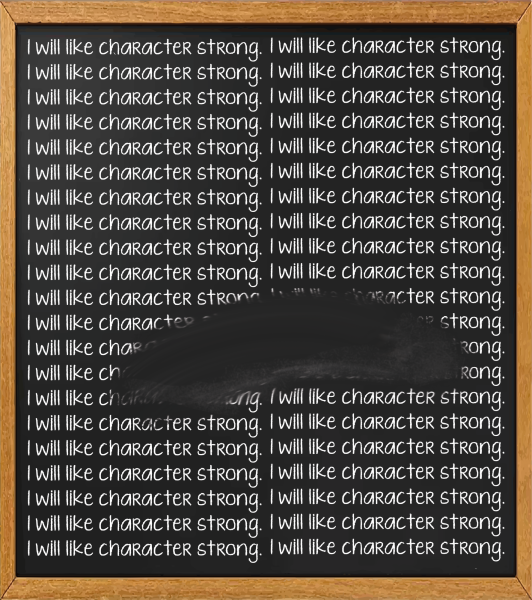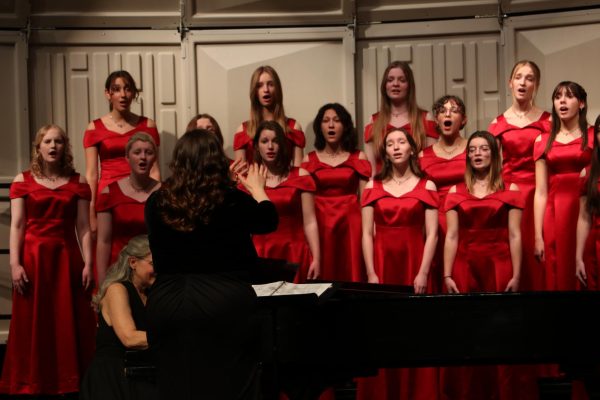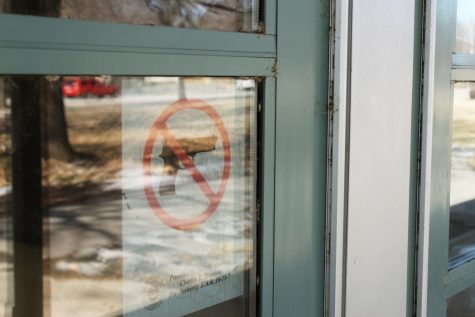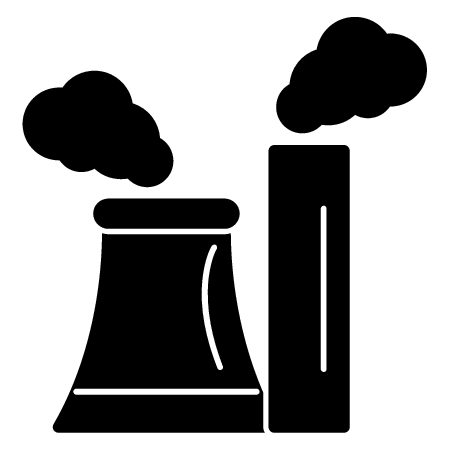USD 497 should set bar higher for grads
Standards lag behind most state districts
March 12, 2014
High school graduation: the epitome of a 13-year-long public education.
This prestigious honor, however, isn’t all that hard to come by. School policies almost ensure that as long as students stay the course, they will graduate.
It’s become even easier for seniors to have reduced schedules since the district added an extra hour to the day. The hour was added with no move to increase the number of credits students need to graduate.
That means students can flunk several classes along the way with time to make them up, making the path to graduation an ease. In fact, it’s easier to graduate in Lawrence USD 497 than many school districts in the state. USD 497 requires 23 credit hours to graduate while most other districts require more, according to numbers from a 2011 overview by the Kansas State Department of Education. Out of more than 290 school districts, 263 required more credits to graduate. The average number required was 25.
As is, the coursework required each year accumulates so that by senior year, seniors have few classes left to pass and graduation is almost promised.
“The school requires students to take required classes and breaks them down by semester so that no one is left needing eight semesters of English, six semesters of math, science. . . . during the senior year,” counselor Lori Stussie said.
All high school graduates deserve to be applauded for their efforts and dedication to education, however, the recognition should equal the effort. It seems unfair that students who take more challenging classes receive the same honor as students who do not.
Yes, there are different tassels to represent valedictorians and other high honors, but the rigorous amount of work required for AP classes and challenging electives should not equate to a schedule of basic-level classes with easy electives. There is nothing wrong with taking less time-intensive electives — to each their own — but it doesn’t seem fair to either party to have the two equated.
“There are students who do not want to challenge themselves, and there are students who do want to challenge themselves and increase their knowledge,” senior Sarah Smoot said. “People who take harder classes should get more recognition than those who do not.”
Perhaps these lackadaisical ways are most exaggerated during second semester of senior year in which many seniors find themselves with an easy workload. They often look forward to second semester of senior year as their “joke” semester. They often enjoy the perks of a reduced schedule during this semester as well.
To me, this should make us question of the legitimacy of a second-semester schedule. What are senior students who choose to load their five-class day with “easy” electives really getting out of the school day? Most importantly, how can this sort of schedule be compared to seniors who finds themselves in multiple AP classes along with time-intensive electives in the home stretch of their 13-year education?
For each student, their reason for continuing on into their second semester is different. For some, it is the extra activities, such as mud volleyball, that they couldn’t otherwise participate in. For others, it is a desire to further their education or hang out with their friends.
“I could have graduated early, but I wanted to take forensics and finish in my AP courses,” Smoot said.
It is important for a high school diploma to be attainable for everyone, but it is of equal importance that the diploma have a real meaning. With the district requiring less credit hours than most other districts in the state and the lax schedules some students choose, it is hard to find the legitimacy in an USD 497-earned diploma compared to other districts.
At a minimum, USD 497 needs to require more credit hours for graduation to ensure a purposeful senior year. As students, we need to make sure we finish our senior years with the same enthusiasm we had 13 years ago.





